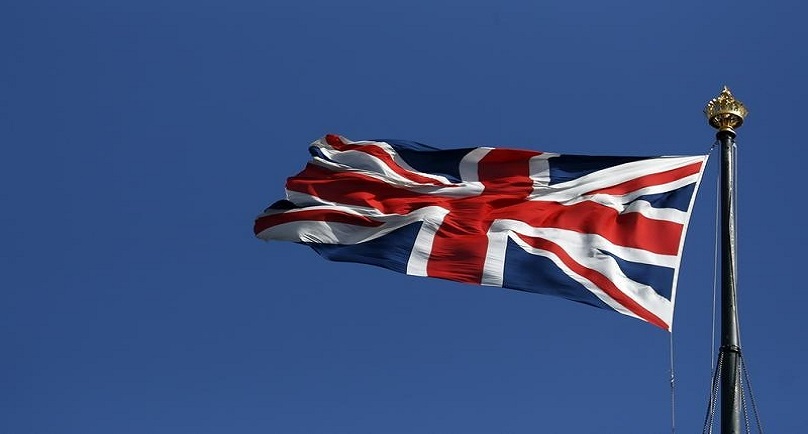Image: The union flag flies over the Houses of Parliament in Westminster, in central London, Britain June 24, 2016. REUTERS/Phil Noble
By Jennifer Ablan and Richard Leong
NEW YORK (Reuters) – Britain’s vote to leave the European Union last week triggered a worldwide stampede into U.S., German, Japanese and even British government debt, sending their yields to historic lows. Some of the best-known bond investors and strategists see yields falling even further.
With fears that “Brexit” could cut business investments and consumer spending around the globe, they anticipate overseas central banks would embark on more stimulus and the Federal Reserve leaving U.S. interest rates alone well into 2017.
And with no signals that the flood of money going into U.S. Treasuries, German Bunds and other low-risk sovereign bonds would diminish anytime soon, it is not hard for the benchmark 10-year yield to dwindle to 1 percent.
“There’s no natural boundary for yields on the low end, given considerable central bank accommodation – 1 percent 10-year Treasury is not out of the question,” Dan Ivascyn, group chief investment officer of bond giant Pacific Investment Management Co, told Reuters.
Ivascyn helps oversee more than $1.5 trillion at Pimco in Newport Beach, California.
Betting on Treasuries has been profitable since a stunning weak May U.S. payrolls report released in early June.
The Bank of America/Merrill Lynch U.S. Treasury index earned 2.325 percent in total return in June. It was its best month since January 2015, beating a slim 0.26 percent return for S&P 500 stocks.
Through the first six months of 2016, Treasuries have returned 5.66 percent, outpacing the total return of 2.69 percent for the S&P.
U.S. Treasuries are appealing to European and Japanese bond managers who have been struggling to produce income with $12 trillion in domestic debt with negative yields.
“In a world where German and Japanese 10-years are at negative (yields), our rates can certainly go lower in the face of global growth concerns and uncertainty,” Ivascyn said.
Earlier on Friday, the 10-year Treasury yield fell as low as 1.382 percent, its lowest since July 2012 and within sight of a record low hit at that time, according to Reuters data. By late Friday, it edged back to 1.454 percent.
German 10-year yield ended at -0.033 percent and its Japanese counterpart finished at -0.005 percent.
Scott Minerd, chief investment officer for New York-based Guggenheim Partners, was one of the first investors to warn about these rockbottom U.S. yields.
He now sees the 10-year yield at 1 percent or even lower by year-end, while the 30-year yield could take another 100 basis points tumble.
The 30-year yield was 2.238 percent on early Friday afternoon.
“That decline would be easy,” he said, adding “all of this may seem like crazy numbers, but so do the negative interest rates that we are already seeing in Europe and Japan.”
All told, there are some bulls who are sensing a top in bonds.
Lawrence McDonald, head of global macro strategy at Washington-based ACG Analytics, cautioned, “As a long-time bond bull, today we’ve turned bearish. We are within days of a near-term top in bonds. Brexit risk has created a capitulation, bond buying panic. Central bank induced crowded trades end in pain, this one will be no different.”
(Reporting By Jennifer Ablan and Richard Leong; Editing by Bernard Orr)
Copyright 2016 Thomson Reuters. Click for Restrictions.


